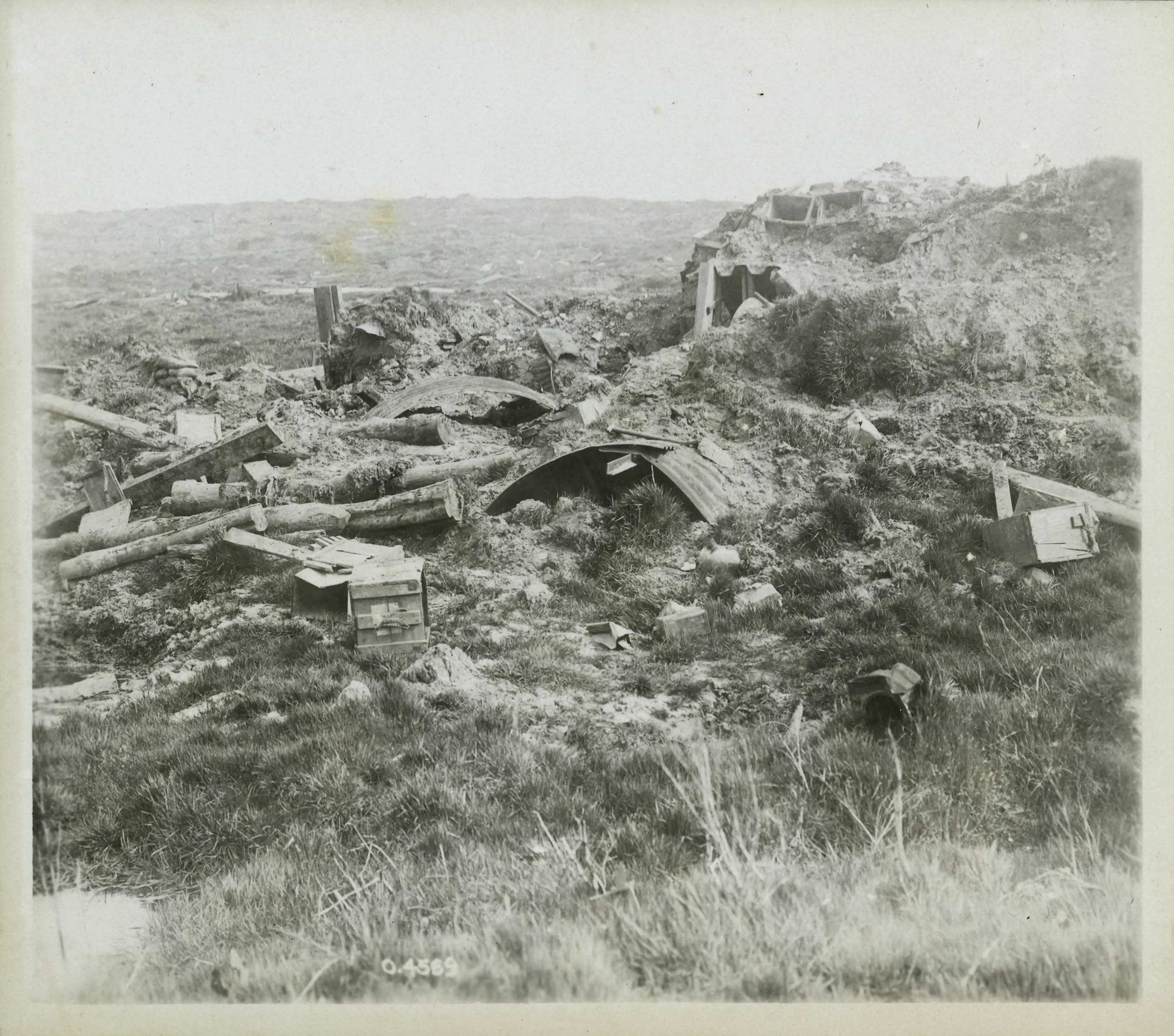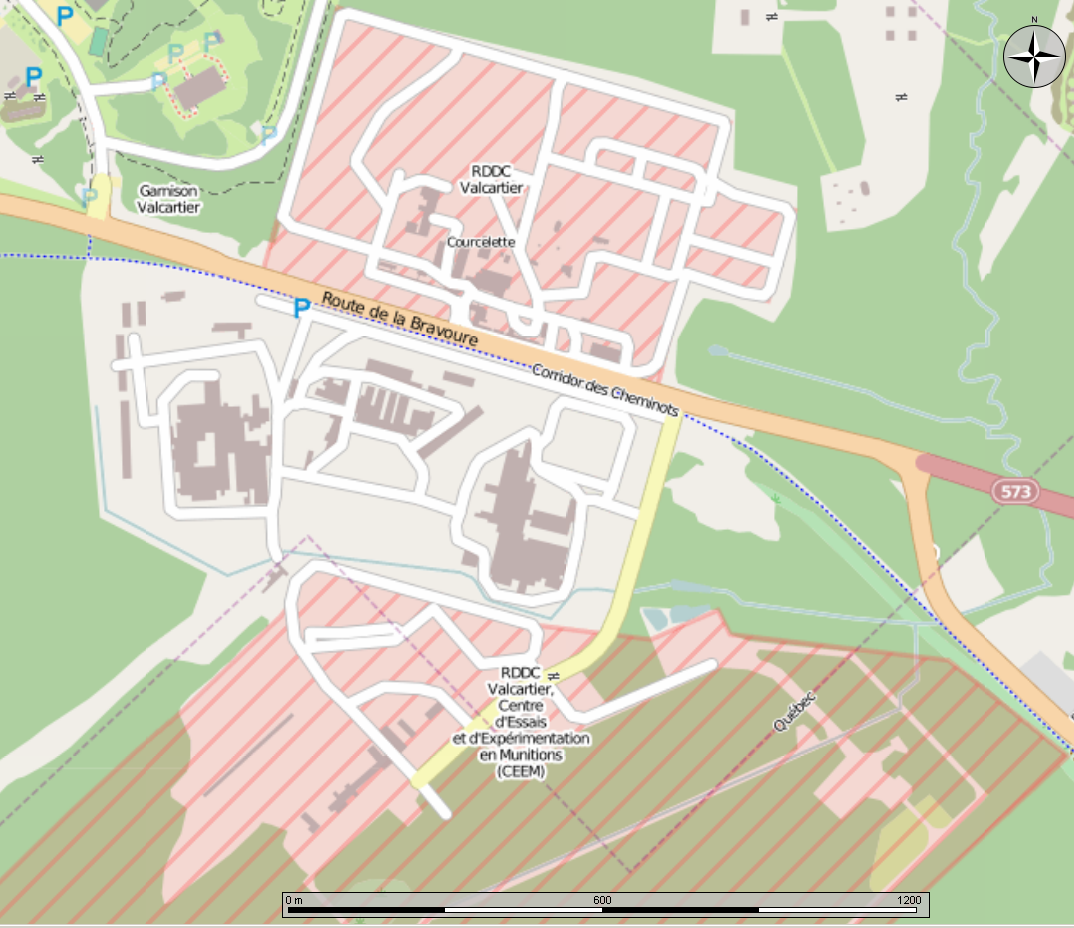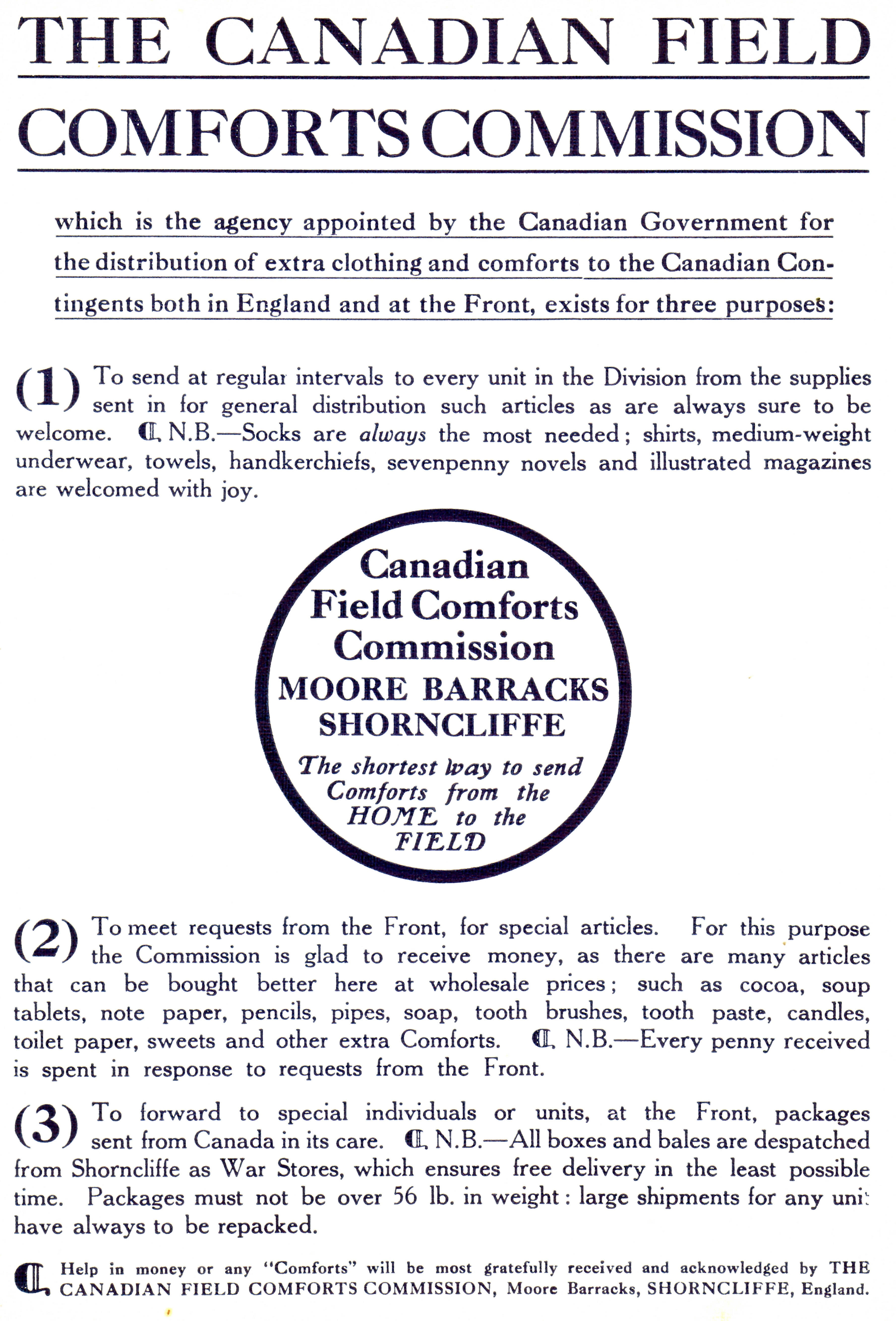|
George Tuxford
Brigadier-General George Stuart Tuxford, (7 February 1870 – 1942) was a pioneer of the Buffalo Pound Lake District, Saskatchewan, and later a senior officer in the Canadian Expeditionary Force (CEF). During the First World War he served first as officer commanding the 5th (Western Cavalry) Battalion and later as general officer commanding 3rd Canadian Infantry Brigade, 1st Canadian Division. Early life Born at Penmorfa, Carnarvonshire, North Wales, on 7 February 1870 to a Lincolnshire couple, Tuxford grew up in the English countryside before immigrating to Canada in the 1880s. Major G.S. Tuxford was appointed as the first commanding officer of the independent D Squadron, a sub-unit of the 16th Mounted Rifles, the later being first militia unit to be raised in Saskatchewan since the North-West Rebellion. Later promoted to lieutenant colonel, Tuxford became the first commanding officer of the newly formed 27th Light Horse with its regimental headquarters located in Moose Jaw ... [...More Info...] [...Related Items...] OR: [Wikipedia] [Google] [Baidu] |
Carnarvonshire, Wales
Caernarfonshire (; cy, Sir Gaernarfon, ), sometimes spelled Caernarvonshire or Carnarvonshire, is one of the thirteen historic counties of Wales, historic counties, a Vice-counties, vice-county and a former administrative county of Wales. Geography The county is bounded to the north by the Irish Sea, to the east by Denbighshire (historic), Denbighshire, to the south by Cardigan Bay and Merionethshire, and to the west by Caernarfon Bay and the Menai Strait, separating it from Anglesey. The county has a largely mountainous surface. A large part of the Snowdonia, Snowdonian Range lies in the centre and south-east of the county, including Snowdon itself, the highest mountain in Wales at 1,085 m (3,560 ft). The south-west of the county is formed by the Llŷn peninsula, with Bardsey Island lying off its western end. The north of the county, between the mountains and Menai Strait, is a nearly level plain. The east of the county is part of Vale of Conwy, with the River Conwy f ... [...More Info...] [...Related Items...] OR: [Wikipedia] [Google] [Baidu] |
Distinguished Service Order
The Distinguished Service Order (DSO) is a military decoration of the United Kingdom, as well as formerly of other parts of the Commonwealth, awarded for meritorious or distinguished service by officers of the armed forces during wartime, typically in actual combat. Since 1993 it has been awarded specifically for 'highly successful command and leadership during active operations', with all ranks being eligible. History Instituted on 6 September 1886 by Queen Victoria in a royal warrant published in ''The London Gazette'' on 9 November, the first DSOs awarded were dated 25 November 1886. The order was established to reward individual instances of meritorious or distinguished service in war. It was a military order, until recently for officers only and typically awarded to officers ranked major (or equivalent) or higher, with awards to ranks below this usually for a high degree of gallantry, just short of deserving the Victoria Cross. Whilst normally given for service un ... [...More Info...] [...Related Items...] OR: [Wikipedia] [Google] [Baidu] |
Mount Sorrel
The Battle of Mont Sorrel (''Battle of Mount Sorrel'', ''Battle of Hill 62'') was a local operation in World War I by three divisions of the British Second Army and three divisions of the German 4th Army in the Ypres Salient, near Ypres, Belgium, from 2 to 13 June 1916. To divert British resources from the build-up being observed on the Somme, the XIII (Royal Württemberg) Corps and the 117th Infantry Division attacked an arc of high ground defended by the Canadian Corps. The German forces captured the heights at Mount Sorrel and Tor Top, before entrenching on the far slope of the ridge. Following a number of attacks and counterattacks, two divisions of the Canadian Corps, supported by the 20th Light Division and Second Army siege and howitzer battery groups, recaptured the majority of their former positions. Background Located in the Ypres Salient, east of Ypres, Belgium and from Hill 60, the Battle of Mount Sorrel took place along a ridge between Hooge and Zwarteleen ... [...More Info...] [...Related Items...] OR: [Wikipedia] [Google] [Baidu] |
Brigadier General
Brigadier general or Brigade general is a military rank used in many countries. It is the lowest ranking general officer in some countries. The rank is usually above a colonel, and below a major general or divisional general. When appointed to a field command, a brigadier general is typically in command of a brigade consisting of around 4,000 troops (four battalions). Variants Brigadier general Brigadier general (Brig. Gen.) is a military rank used in many countries. It is the lowest ranking general officer in some countries, usually sitting between the ranks of colonel and major general. When appointed to a field command, a brigadier general is typically in command of a brigade consisting of around 4,000 troops (four battalions). In some countries, this rank is given the name of ''brigadier'', which is usually equivalent to ''brigadier general'' in the armies of nations that use the rank. The rank can be traced back to the militaries of Europe where a "brigadier general ... [...More Info...] [...Related Items...] OR: [Wikipedia] [Google] [Baidu] |
Battle Of Festubert
The Battle of Festubert (15–25 May 1915) was an attack by the British army in the Artois region of France on the western front during World War I. The offensive formed part of a series of attacks by the French Tenth Army and the British First Army in the Second Battle of Artois . After the failure of the breakthrough attempt by the First Army in the attack at Aubers Ridge (9 May 1915) tactics of a short hurricane bombardment and an infantry advance with unlimited objectives, were replaced by the French practice of slow and deliberate artillery-fire intended to prepare the way for an infantry attack. A continuous three-day bombardment by the British heavy artillery was planned, to cut wire and demolish German machine-gun posts and infantry strong points. The German defences were to be captured by a continuous attack, by one division from Rue du Bois to Chocolat Menier Corner and by a second division north, which was to capture the German trenches to the left of Festubert ... [...More Info...] [...Related Items...] OR: [Wikipedia] [Google] [Baidu] |
Camp Valcartier
Canadian Forces Base Valcartier (CFB Valcartier), now re-designated 2 Canadian Division Support Base Valcartier (2 CDSB Valcartier), is a Canadian Forces base located in the municipality of Saint-Gabriel-de-Valcartier, north northwest of Quebec City, Quebec, Canada. The 2nd Canadian Division is stationed at the base, comprising the 5 Canadian Mechanized Brigade Group and the 2nd Canadian Division Support Group. Origins CFB Valcartier was originally erected as a military training camp in August 1914 as part of the mobilization of the Canadian Expeditionary Force at the onset of World War I. Inaugurated by Jean Chrétien, then Prime Minister of Canada, in 1995, a high bronze figure of a World War I soldier (1995) by André Gauthier at the entrance to CFB Valcartier commemorates the training of Canadian Army volunteers for the European battlefields in World War I. The site was also used as an internment camp for "enemy aliens", mainly eastern Europeans. The name Valcartier ... [...More Info...] [...Related Items...] OR: [Wikipedia] [Google] [Baidu] |
Sam Steele
Major General Sir Samuel Benfield Steele (5 January 1848 – 30 January 1919) was a distinguished Canadian soldier and police official. He was an officer of the North-West Mounted Police, most famously as head of the Yukon detachment during the Klondike Gold Rush, and commanding officer of Strathcona's Horse during the Boer War. Early life Born into a military family at Medonte Township, Upper Canada (now Ontario), he was the son of Royal Navy Captain Elmes Yelverton Steele, a veteran of the Napoleonic Wars, and one of six brothers to have served in the British Armed Forces. His mother (his father's second wife), Anne Macdonald, was the youngest daughter of Neil Maclain MacDonald of Ardnamurchan, a native of Islay. Neil MacDonald was a grandson of Captain Godfrey MacNeil of Barra, and a nephew of Colonel Donald MacNeil. Steele was named for his father's uncle, Colonel Samuel Steele, who served in Quebec under Lord Amherst. Steele received his education at the family home, Pur ... [...More Info...] [...Related Items...] OR: [Wikipedia] [Google] [Baidu] |
Sam Hughes
Sir Samuel Hughes, (January 8, 1853 – August 23, 1921) was the Canadian Minister of Militia and Defence during World War I. He was notable for being the last Liberal-Conservative cabinet minister, until he was dismissed from his cabinet post. Early life Hughes was born January 8, 1853, at Solina near Bowmanville in what was then Canada West. He was a son of John Hughes from Tyrone, Ireland, and Caroline (Laughlin) Hughes, a Canadian descended from Huguenots and Ulster Scots. He was educated in Durham County, Ontario and later attended the Toronto Normal School and the University of Toronto. In 1866 he joined the 45th West Durham Battalion of Infantry and served during the Fenian raids in the 1860s and 1870s. Throughout his life, Hughes was very involved in the militia, attending all of the drill practice sessions, and taking up shooting with a rifle in his spare time to improve his aim. A superb shot with a rifle, Hughes was active in gun clubs and ultimately became presid ... [...More Info...] [...Related Items...] OR: [Wikipedia] [Google] [Baidu] |
North-West Rebellion
The North-West Rebellion (french: Rébellion du Nord-Ouest), also known as the North-West Resistance, was a resistance by the Métis people under Louis Riel and an associated uprising by First Nations Cree and Assiniboine of the District of Saskatchewan against the Canadian government. Many Métis felt that Canada was not protecting their rights, their land, and their survival as a distinct people. Riel had been invited to lead the movement of protest; he turned it into a military action with a heavily religious tone. That alienated Catholic clergy, whites, most Indigenous tribes, and some Métis, but he had the allegiance of 200 armed Métis, a smaller number of other Indigenous warriors, and at least one white man at Batoche in May 1885, who confronted 900 Canadian militia and some armed local residents. About 91 people would die in the fighting that occurred that spring before the resistance's collapse. Despite some notable early victories at Duck Lake, Fish Creek, an ... [...More Info...] [...Related Items...] OR: [Wikipedia] [Google] [Baidu] |
16th Mounted Rifles
16 (sixteen) is the natural number following 15 and preceding 17. 16 is a composite number, and a square number, being 42 = 4 × 4. It is the smallest number with exactly five divisors, its proper divisors being , , and . In English speech, the numbers 16 and 60 are sometimes confused, as they sound very similar. Sixteen is the fourth power of two. For this reason, 16 was used in weighing light objects in several cultures. The British have 16 ounces in one pound; the Chinese used to have 16 ''liangs'' in one ''jin''. In old days, weighing was done with a beam balance to make equal splits. It would be easier to split a heap of grains into sixteen equal parts through successive divisions than to split into ten parts. Chinese Taoists did finger computation on the trigrams and hexagrams by counting the finger tips and joints of the fingers with the tip of the thumb. Each hand can count up to 16 in such manner. The Chinese abacus uses two upper beads to represent the 5s and ... [...More Info...] [...Related Items...] OR: [Wikipedia] [Google] [Baidu] |
Penmorfa
Penmorfa is the name of two villages in Wales. One is a small village in the community of Penbryn, Ceredigion, Wales. Penmorfa is represented in the Senedd by Elin Jones (Plaid Cymru) and is part of the Ceredigion constituency in the House of Commons. The other village is Penmorfa in Gwynedd, located north-west of Porthmadog Porthmadog (; ), originally Portmadoc until 1974 and locally as "Port", is a Welsh coastal town and community in the Eifionydd area of Gwynedd and the historic county of Caernarfonshire. It lies east of Criccieth, south-west of Blaenau Ffest ....Ordnance SurveyPenmorfa, Gwynedd ''Get Outside'', accessed 13 May 2022 References External links Villages in Ceredigion {{Gwynedd-geo-stub ... [...More Info...] [...Related Items...] OR: [Wikipedia] [Google] [Baidu] |
1st Canadian Division
The 1st Canadian Division (French: ''1re Division du Canada'' ) is a joint operational command and control formation based at CFB Kingston, and falls under Canadian Joint Operations Command. It is a high-readiness unit, able to move on very short notice, and is staffed and equipped to meet Canada’s military objectives to counter any potential threat. Formed during the First World War in August 1914, the 1st Canadian Division was a formation of the Canadian Expeditionary Force. The division contained a cavalry squadron and a cyclist company, three infantry brigades (the 1st, 2nd and 3rd Canadian Infantry Brigades, each of four battalions), representing all parts of Canada, three field artillery brigades (roughly equivalent to modern regiments) armed with 18-pounders and engineers, together with elements of the Army Service Corps and the Army Medical Corps. The total war establishment of the Division was 17,873 all ranks, with 4,943 horses. /sup> During its service in the First ... [...More Info...] [...Related Items...] OR: [Wikipedia] [Google] [Baidu] |
_-_Tallinn_Museum_of_Orders.jpg)




